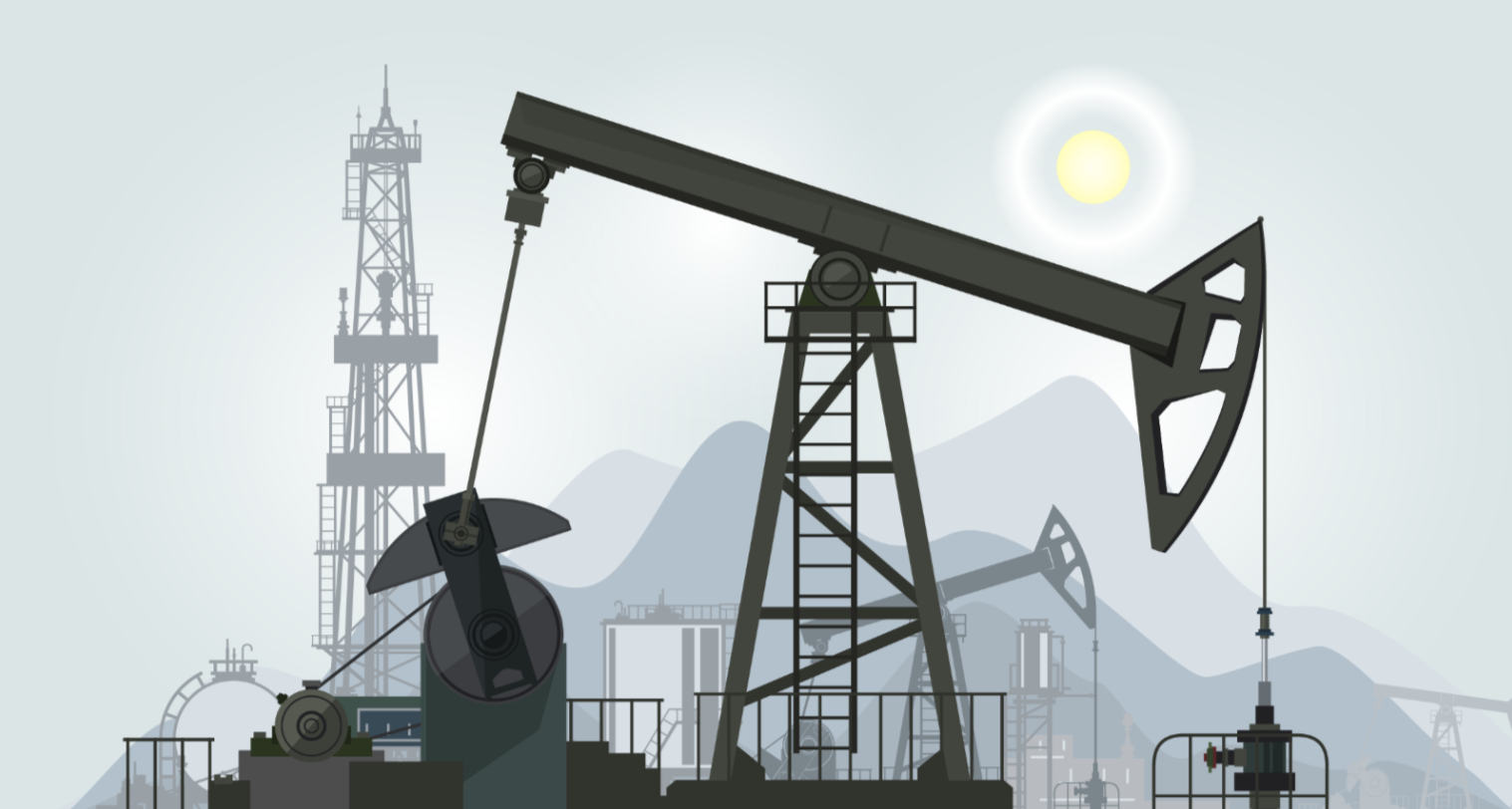The coronavirus is continuing to take its toll on the Chinese economy, driving oil demand down and shuttering many of the country’s industrial facilities
The coronavirus is continuing to take its toll on the Chinese economy, driving oil demand down and shuttering many of the country’s industrial facilities. Satellite imagery shows its impact to be unevenly distributed, however, with labor-intensive sectors such as manufacturing and services particularly hard hit in many areas while strategic, less labor-intensive industries are still humming.
The refining industry belongs in the latter category. Kayrros satellite imagery monitoring shows Chinese refineries, including in Wuhan, the epicenter of the outbreak, are still running. As a result, the coronavirus impact on Chinese crude oil demand remains less pronounced than might have been expected. While consumption of refined products has dramatically slowed, Chinese refinery runs, albeit substantially lower, have yet to take the full hit from the outbreak.
In sharp contrast with the refining sector, satellite imagery shows Wuhan car factories sitting idle and deserted parking lots and roads at the airport and central train station.
Kayrros analysis showed that in the last two weeks of January, implied crude demand in China, a proxy for refinery runs, had dropped on average by a little over 1 MMb/d from the levels earlier in the month. Part of this drop from around 14.5 MMb/d to 13 MMb/d reflects seasonal patterns and was expected due to the Chinese New Year.
Final figures for January 2020 put crude demand growth at 3% y/y in China, the weakest level since May 2019, as lower implied refinery runs in the second half of January more than offset a strong first half. While this hit to crude demand is less than certain estimates, a larger impact is expected in the near term as the effect of steeply lower product demand trickles through to the refining sector until the spread of the virus reaches a turning point.
Satellite imagery, machine learning and other unconventional data are key in monitoring the impact of coronavirus felt on the ground and in markets, in near-realtime. Kayrros will continue using these techniques to monitor the virus in China and around the world.

